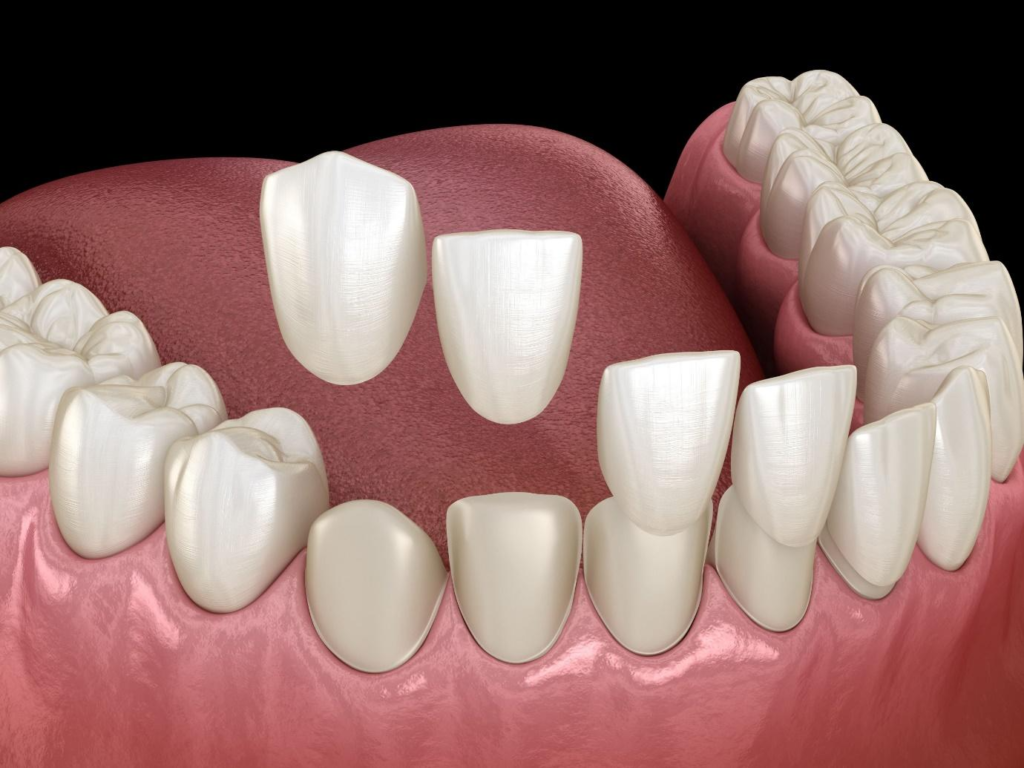Tired of feeling fed up with your smile? Do you shy away from the mirror or the camera pointing in your direction? If you have chipped, cracked, stained or gapped teeth, then one treatment option that your dentist may offer is veneers Gordon. Dental veneers and composite bonding are two cosmetic dental procedures that can be used to improve the appearance of your teeth. Both procedures can be used to correct a variety of cosmetic problems, but porcelain veneers are normally used for more complex cases and are more hardwearing. However, there are some key differences between the two treatments.
Veneers
Veneers or laminates are thin, custom-made shells that are bonded to the front of your teeth. Veneers are a more permanent solution than composite bonding, and they can last for 10 to 20 years with proper care. The main advantage of veneers is that they can provide a dramatic improvement in the appearance of your teeth. These porcelain shells can make your teeth look whiter, straighter, and more symmetrical. They can also help to close gaps between teeth and repair chipped or cracked teeth. However, veneers are a more expensive option than composite bonding. They also require more preparation of your teeth, which can make them more sensitive.
Composite bonding

Composite bonding is a less invasive procedure than veneers. It is a type of dental filling that is made of a tooth-coloured material. Composite bonding can be used to repair small chips, cracks, and discolourations on your teeth. It can also be used to close gaps between teeth and make your teeth look whiter. The main advantage of composite bonding is that it is a relatively inexpensive and minimally invasive procedure. It can be done in a single visit to the dentist, and there is no need to prepare your teeth. However, composite bonding is not as durable as veneers. It can chip or stain over time, and it may need to be replaced every few years.
Which treatment is right for you?

The best procedure for you will depend on your individual needs and preferences. If you are looking for a more permanent solution with a dramatic improvement in the appearance of your teeth, then veneers may be the right choice for you. If you are looking for a less expensive and less invasive procedure, then composite bonding may be a better option.
It is important to discuss your options with your dentist to determine which procedure is right for you.
To find out which treatment would be suitable for you, book in with your dentist for a consultation. During this appointment, you will be able to discuss your concerns about your teeth and they will be able to examine you and discuss the viable treatment options. You can ask the questions you need to ensure that you can make an informed decision about the treatment that you want to have. Depending on the type of veneer you have – porcelain or composite bonding – you could have an improved smile in a couple of appointments or a single appointment’s time, respectively. What are you waiting for?! Go and get your great smile sorted!
Any surgical or invasive procedure carries risks. Before proceeding you should seek a second opinion from an appropriately qualified health practitioner.
